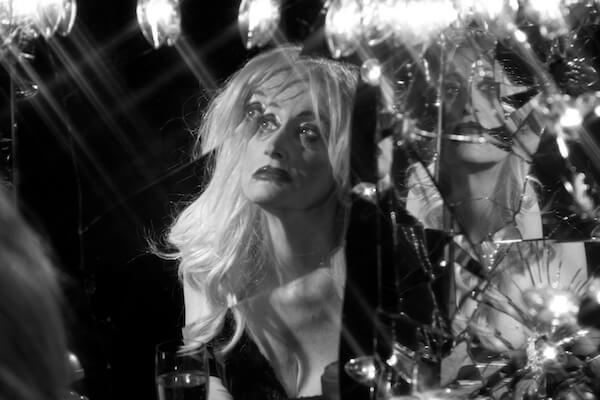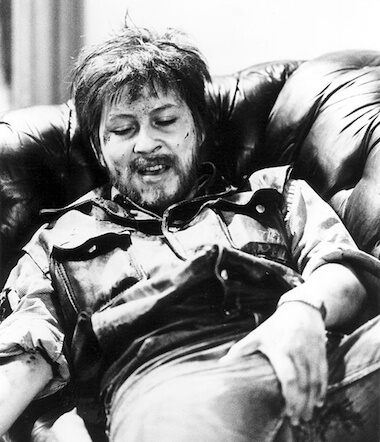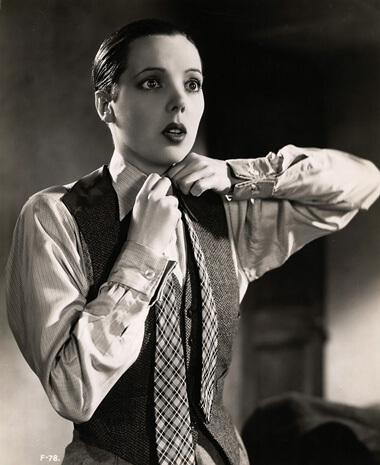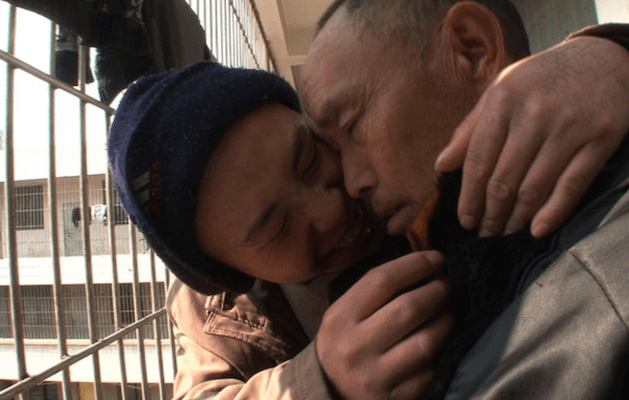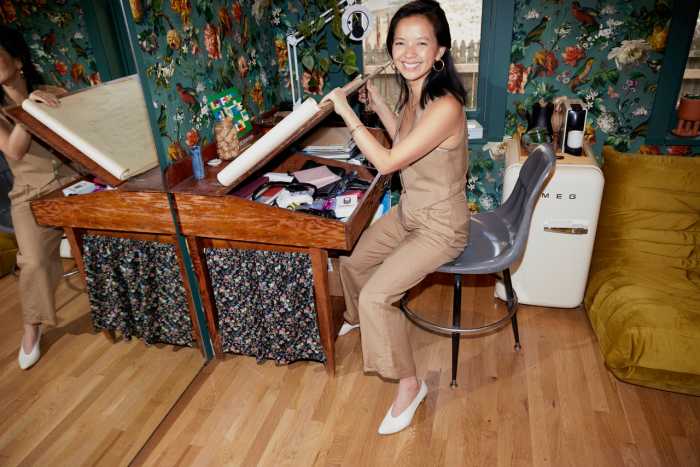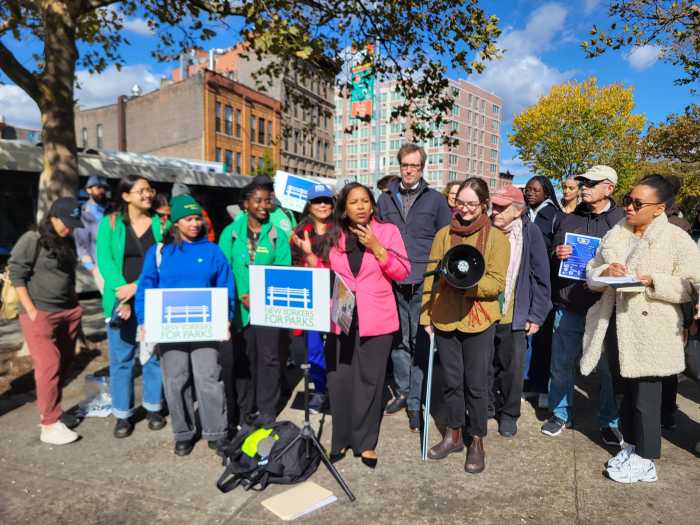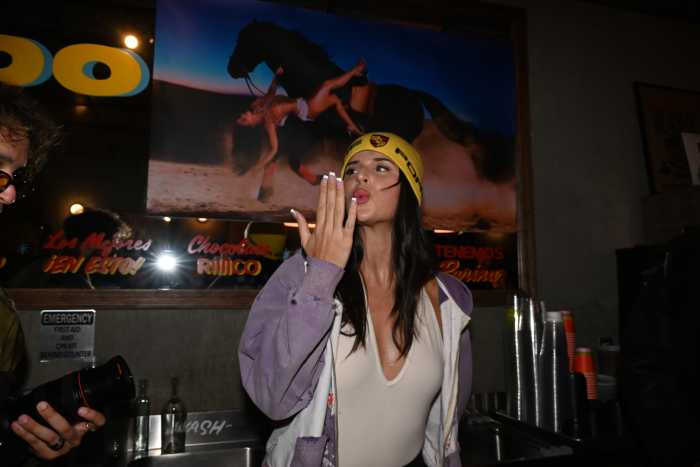Jail time made for chess-playing career training for this ex-con in Washington Square Park. | PRISONLANDSCAPES.COM
BY STEVE ERICKSON | It may seem like prison is invisible in American culture unless one has been locked up or knows someone who has been. Still, the deserved popularity of the Netflix series “Orange Is the New Black” — which, without totally eschewing violence, pointedly avoids depicting jail as a constant procession of stabbing and rape — has led to a flood of crass reality shows. No one wants to go to jail, but Americans seem fascinated by a chance to gaze at the experience on their TVs.
The nadir of these shows is A&E’s “60 Days In,” in which people who aren’t criminals volunteer to spend time in jail. If they think they’re in danger of violence or simply can’t handle the experience, the producers can have them pulled out; too bad wardens generally don’t have such concern for their inmates.
The same fascination with prison has played out in the arthouse, with better results. This interest has led to some excellent recent documentaries, like Kristi Jacobson’s “Solitary” and Ava DuVernay’s “13th.” Canadian director Brett Story’s “The Prison In Twelve Landscapes” sometimes seems confused about its aesthetic — it’s half avant-garde film, half TV news broadcast — but it stands up proudly alongside these non-fiction works.
Brett Story travels America to probe incarceration culture
“The Prison In Twelve Landscapes” begins with nighttime images of a cityscape, as messages to prisoners play over the soundtrack. It resembles the more abstract side of Michael Mann. (The source of these audio messages is explained much later in the film.) A man tries to sleep in a car. One can assume he’s just been released from prison. From there, Story travels across the US — although three of her “landscapes” are found in New York City and two in Detroit — exploring the impact of prison culture on people outside it, even if only temporarily.
She starts off in a relatively direct fashion, profiling an ex-con in Washington Square Park. This man became a chess master while incarcerated. He now plays and teaches the game for money in the park. Not all of Story’s “landscapes” are so matter-of-fact, though. This may be the only film that seems equally influenced by non-narrative director James Benning and the longer-form journalism of the former Al Jazeera America.
Story’s voice can be heard several times, but she never appears onscreen, doesn’t conduct conventional Q&A interviews, and didn’t shoot the film herself. Her status as a Canadian marks her as an outsider to her subjects; one of them explicitly says “you must not hear this much” before using the N-word and talking about the cheapness of African-American lives. “The Prison In Twelve Landscapes” can be seen as a cautionary tale to her compatriots, or even a far more ethical variation on the world-hopping mondo movies Anthology Film Archives saluted earlier this year.
Quickly, it becomes clear that Story likes disconnecting image and sound. That’s evident from the very first scene, but it’s glaringly obvious from the section devoted to firefighting in Marin County, California. A female prisoner delivers an off-screen voiceover about her difficult work fighting fires, her pride in this labor, and her desire to turn it into a career upon release. (She acknowledges the unlikeliness of that happening.) The credits reveal that these are the words of an anonymous woman read by an actor. Over these thoughts, Story shows grimly majestic extreme long shots of California’s fires. A similar scene shows pastel images of parks in LA while talk radio guests discuss legislation that would forbid sex offenders from living within 2,000 feet of such places.
However, the scenes in Story’s film that have the most impact bring out her journalistic side. In the Bronx, she meets a man, himself an ex-con, who has created a business selling products to prisoners’ relatives to give to their incarcerated loved ones: he guarantees that everything he sells will pass jailhouse inspection. He even got Universal Records to make a special cassette edition of Kanye West’s “Yeezus” for prisoners! On an extended trip to St. Louis County, Missouri, Story talks to numerous African-Americans who’ve been charged huge fines for petty traffic offenses so that the local government can raise money on their backs. One woman she meets served jail time because the lid on her garbage can was ajar.
While it may be that “The Prison In Twelve Landscapes” sometimes feels uncertain about what exactly it wants to be, its individual portions work quite well. Her ambitions clearly extend far beyond journalism and storytelling, yet that’s what her film does best. It remains to be seen whether her desire to combine them with formal experimentation is a permanent fixture in her work.
THE PRISON IN TWELVE LANDSCAPES | Directed by Brett Story | Self-distributed | Nov. 4-10 | Anthology Film Archives, 32 Second Ave. at Second St. | anthologyfilmarchives.org



